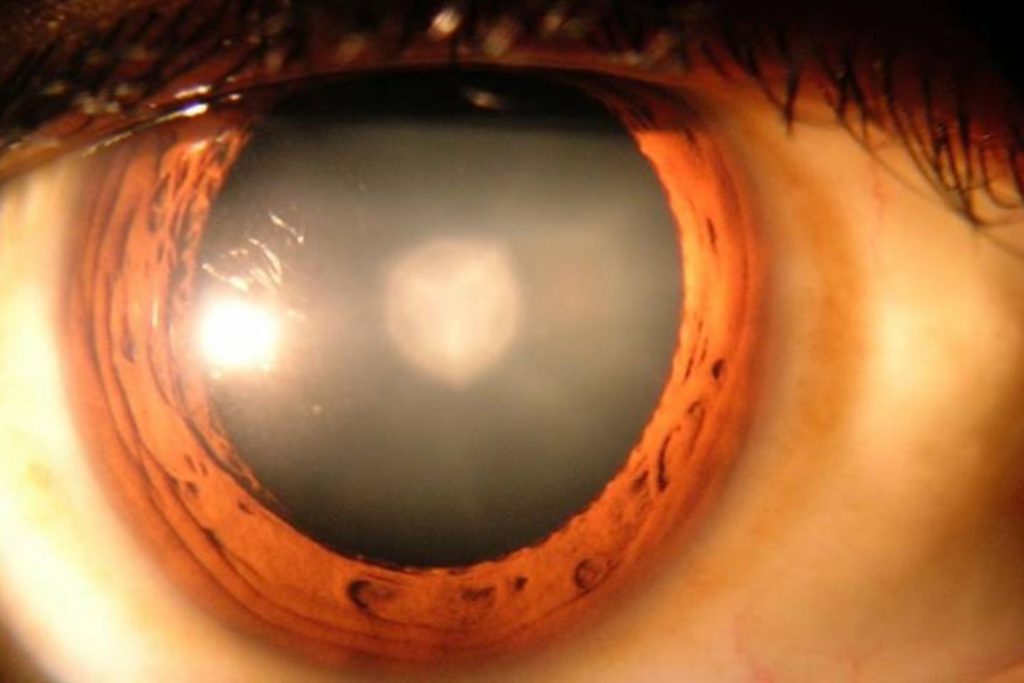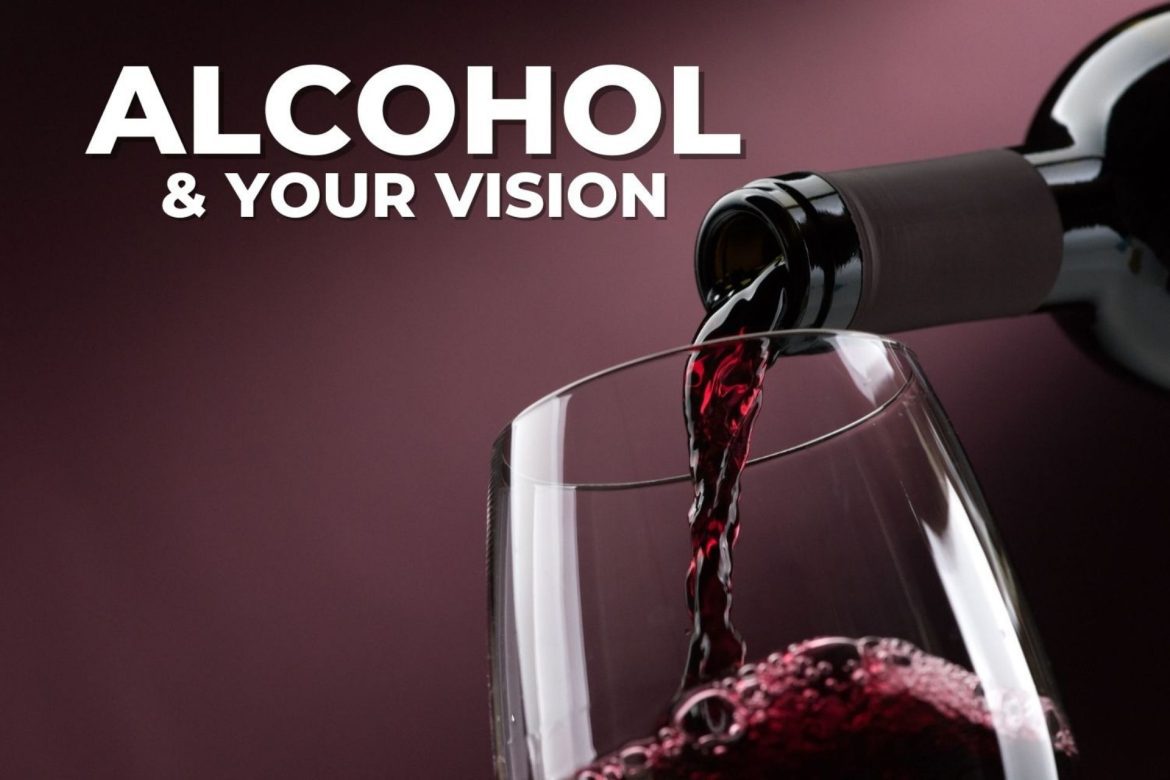![]()
“An apple a day keeps the doctor away.”
Or should it be, “A red wine a day keeps cataracts away?’
Yes, really. Research has established a link between low-to-moderate alcohol consumption and reduced risk of cataract formation. Since alcohol is far more often linked to negative health effects, you might want to celebrate this one.
If you’re wondering, does alcohol affect vision, we’re breaking it all down in this guide! Here’s all you need to know.
What are cataracts?
Cataract is the leading cause of blindness worldwide, according to the Global Burden of Disease, Injuries and Risk Factors Study (GBD). In 2020, there were 15.2 million people blind from cataracts.

The lens inside your eye is supposed to be a clear window. It lets light into the back of your eye to focus on your retina. Cataract is a clouding of the clear lens. Usually, cataracts develop slowly and don’t initially affect your vision. Over time, a developing cataract makes it difficult to read and drive safely.
Research suggests oxidative stress in the lens may be an initiating factor in cataract formation. Current research is being conducted to investigate the use of antioxidants to reduce oxidative stress and arrest cataract development.
Aging is the most common cause of cataract development. With our aging population and longer life expectancy, cataract prevalence is on the rise. Identifying modifiable risk factors for cataract formation should help reduce the incidence.
Guidelines for alcohol consumption
According to the Dietary Guidelines for Americans, drinking in moderation is limiting intake to two drinks or less a day for men and one for women.
The liver can metabolise about one standard serving of alcohol per hour. The Centers for Disease Control and Prevention (CDC) considers 0.6 ounces of pure alcohol to be one standard drink. In the US, this can be found in:
- 12 ounces of beer
- 8 ounces of malt liquor (7% alcohol)
- 5 ounces of wine (12% alcohol)
- 1.5 ounces of 80-proof hard liquor (or one “shot”)
Wine’s a good thing?
And now, back to the question at hand: does alcohol affect vision in positive ways? The study I cited earlier is the largest of its kind, tracking 490,000 people in the United Kingdom who agreed to disclose information about their health and lifestyle—including the amount and type of alcohol they consume.
After taking into account other factors that can cause cataracts, the research team concluded that people who consume 6.5 standard glasses of wine in a week were less likely to require cataract surgery. It’s unclear what the protective mechanism in alcoholic drinks might be to reduce cataract formation.
All types of alcohol at low-to-moderate intake indicated an association with reduced cataract formation. However, the strongest correlation was with wine drinkers. They had the lowest risk of cataract formation compared to those who abstained or who drank other types of alcohol.
Grape skin is full of antioxidants, and higher concentrations are found in red grapes compared to white. Red wine could be one of the healthiest alcoholic beverages due to its high concentration of antioxidants.
Moderation, my friend
Does alcohol affect vision in positive ways? Yes, it does, but moderation is the key. Please don’t take my research findings as an invitation to drink heavily. Alcohol consumption is associated with chronic cardiovascular disease, diabetes, and cancers.
Excessive, frequent alcohol intake will cause fat to increase inside liver cells, leading to liver cirrhosis.
Does alcohol affect vision negatively, too?
Does alcohol affect vision in negative ways, along with the positives? And the answer is often yes. Drinking alcohol excessively can have harmful effects on your eyes. The following conditions have been linked to excessive alcohol consumption:
Decreased visual performance
Heavy drinking affects brain function, which can blur your vision or cause double vision when the eye muscles are not coordinated. This is usually a temporary issue that wears off when you sober up. When you’re under the influence of alcohol, your eye movements and tracking are also reduced.
Red eyes
Alcohol causes the blood vessels in the conjunctiva, the white part of your eye, to dilate, making it bloodshot.
Dry eye
Alcohol is a diuretic, which means it causes frequent urination and therefore contributes to dehydration. Dry eye occurs when you are dehydrated.
Slower pupil reactions
Your pupil reactions with light exposure are often impaired when drinking alcohol.
Decreased peripheral vision
Your peripheral vision may be reduced, known as tunnel vision.
Optic neuropathy
People who drink or smoke in excess can develop optic neuropathy. Also called tobacco-alcohol amblyopia, this condition is a permanent, painless loss of vision, characterized by blurring or dimness when reading. There can also be a decrease in peripheral vision and reduced color vision.
Glaucoma
Alcohol consumption has been associated with glaucoma severity, according to Nature.com.
Cheers!
If you’re been wondering, does alcohol affect vision, as you can see, it does in both positive and negative ways. Alcohol consumption may have a positive impact on your well-being or cause serious health issues. Like most good things in life, alcohol should be consumed in moderation.
But it is refreshing to learn that a couple of glasses of red wine each week may actually be protective against cataract development. So, if someone asks you, does alcohol affect vision, now you know just how to answer!


